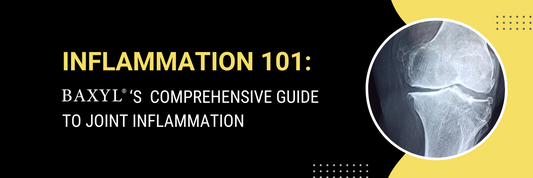Hyaluronic acid may sound scary, but the human body actually produces it naturally. Hyaluronic acid is also known as hyaluronan, or simply HA for short. Within the body, HA is found in the skin, joints and eyes. As we age, our body’s naturally produced HA content declines in both quality and quantity. It is estimated that by the time we reach 70, we will have lost about 70% of our total HA content. As a result, this may be linked to back pain and achy joints.
When ingested in the liquid form, HA is absorbed by mucosal tissues in the mouth, the esophagus and gastrointestinal tract. In addition to directly supplying HA, using a HA supplement also causes the body to signal production of more HA via the body’s natural feedback loop.
How does this help my joints?
In the body, HA does 4 important things:
- Reduces joint discomfort
- Supports healthy joints
- Hydrates the tissues
- Lubricates the joints
With HA on the rise in all industries, it is important to understand that not all hyaluronic acids are equal. Dry dosage forms of HA are not well absorbed by the body for several reasons. Though arguably bioavailable, dry forms of the optimal molecular weight aren’t well absorbed by the body.
Dry forms that are absorbed by the body, are chemically too small to be effective and are excreted as waste. So dry hyaluronic acid supplements will not benefit users as effectively as a liquid supplement. Gel caps are bioavailable but poorly absorbed because oral HA supplements are primarily absorbed through the musosal tissues in the mouth and in the esophagus, and gel caps are not bioavailable pre-digestion. Just remember, in regard to hyaluronan, it has to be “wet” to work.




